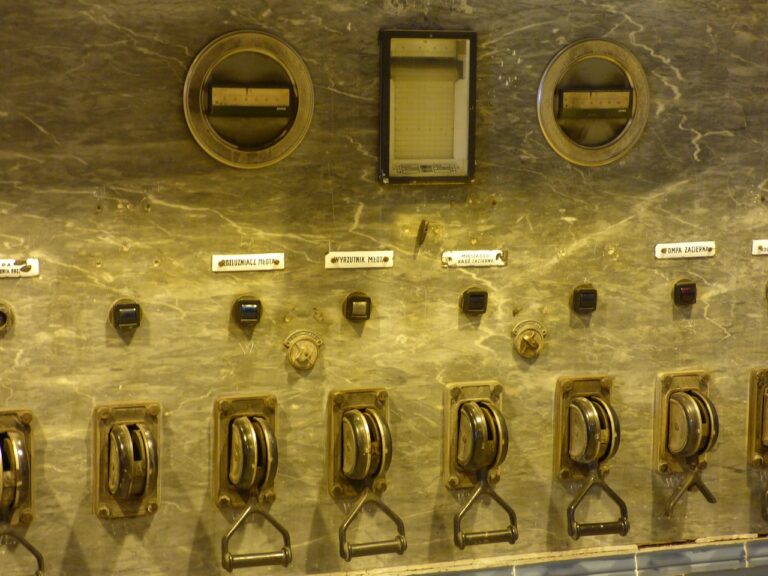The Rise of Tokenized Real Assets: Digitizing Ownership Rights: Cricket bet 99 login, Sky11 live, Reddy book id
cricket bet 99 login, sky11 live, reddy book id: The Rise of Tokenized Real Assets: Digitizing Ownership Rights
In recent years, there has been a significant shift in the way we perceive and transact with assets. With the advent of blockchain technology, the tokenization of real assets has emerged as a groundbreaking trend that is revolutionizing the way ownership rights are represented and transferred. Tokenization allows for the digitization of assets, enabling fractional ownership, increased liquidity, and enhanced transparency. This article explores the rise of tokenized real assets and the implications for the future of ownership rights.
What is Tokenization?
Tokenization is the process of converting rights to an asset into digital tokens on a blockchain. These tokens represent ownership of the underlying asset and can be bought, sold, and traded just like any other digital asset. By tokenizing real assets, such as real estate, artwork, or commodities, ownership rights are transformed into a more liquid and accessible form.
The tokenization of assets is made possible through smart contracts, which are self-executing contracts with the terms of the agreement directly written into code. This allows for automated transactions and the elimination of intermediaries, reducing costs and increasing efficiency.
Benefits of Tokenizing Real Assets
There are several benefits to tokenizing real assets, including:
1. Fractional Ownership: Tokenization allows investors to own a fraction of an asset, making it easier for individuals to invest in high-value assets that would otherwise be out of reach. This democratization of ownership enables a broader range of investors to participate in previously exclusive markets.
2. Increased Liquidity: By tokenizing real assets, owners can easily buy and sell their tokens on secondary markets, providing liquidity to an otherwise illiquid asset. This increased liquidity allows for more efficient price discovery and reduces the time and costs associated with traditional asset transfers.
3. Enhanced Transparency: The use of blockchain technology provides a transparent and immutable record of ownership, transactions, and asset details. This increased transparency reduces the risk of fraud and enhances trust among market participants.
4. Lower Costs: Tokenization eliminates the need for intermediaries, such as brokers and clearinghouses, reducing costs associated with asset transfers and management. The use of smart contracts also automates processes, further lowering transaction costs.
5. Global Access: Tokenization enables investors from around the world to participate in asset ownership, breaking down barriers to entry and increasing market access for all.
The Future of Ownership Rights
As the tokenization of real assets continues to gain traction, the future of ownership rights is poised to undergo a fundamental shift. Traditional ownership structures are being reimagined, with the potential to revolutionize the way we transact with assets.
With increased liquidity, fractional ownership, and enhanced transparency, tokenized real assets offer a new paradigm for ownership rights. Whether its owning a fraction of a luxury property or investing in rare artwork, the possibilities for asset ownership are expanding like never before.
FAQs
1. What assets can be tokenized?
A wide range of assets can be tokenized, including real estate, artwork, commodities, and securities. Virtually any asset with value can be represented as a digital token.
2. How are ownership rights protected with tokenized assets?
Ownership rights are secured through the use of blockchain technology, which provides a transparent and immutable record of ownership. Smart contracts enforce the terms of ownership and ensure that transactions are executed as agreed upon.
3. Are there risks associated with tokenized assets?
As with any investment, there are risks associated with tokenized assets, including market volatility, regulatory uncertainty, and technological risks. Its important for investors to conduct thorough due diligence and seek advice from financial professionals before investing in tokenized assets.
In conclusion, the rise of tokenized real assets represents a transformative shift in the way ownership rights are digitized and transferred. With increased liquidity, fractional ownership, and enhanced transparency, tokenization offers a new frontier for asset ownership that is more accessible and efficient than ever before. As the momentum of tokenization continues to grow, the future of ownership rights is set to evolve in exciting and innovative ways.





